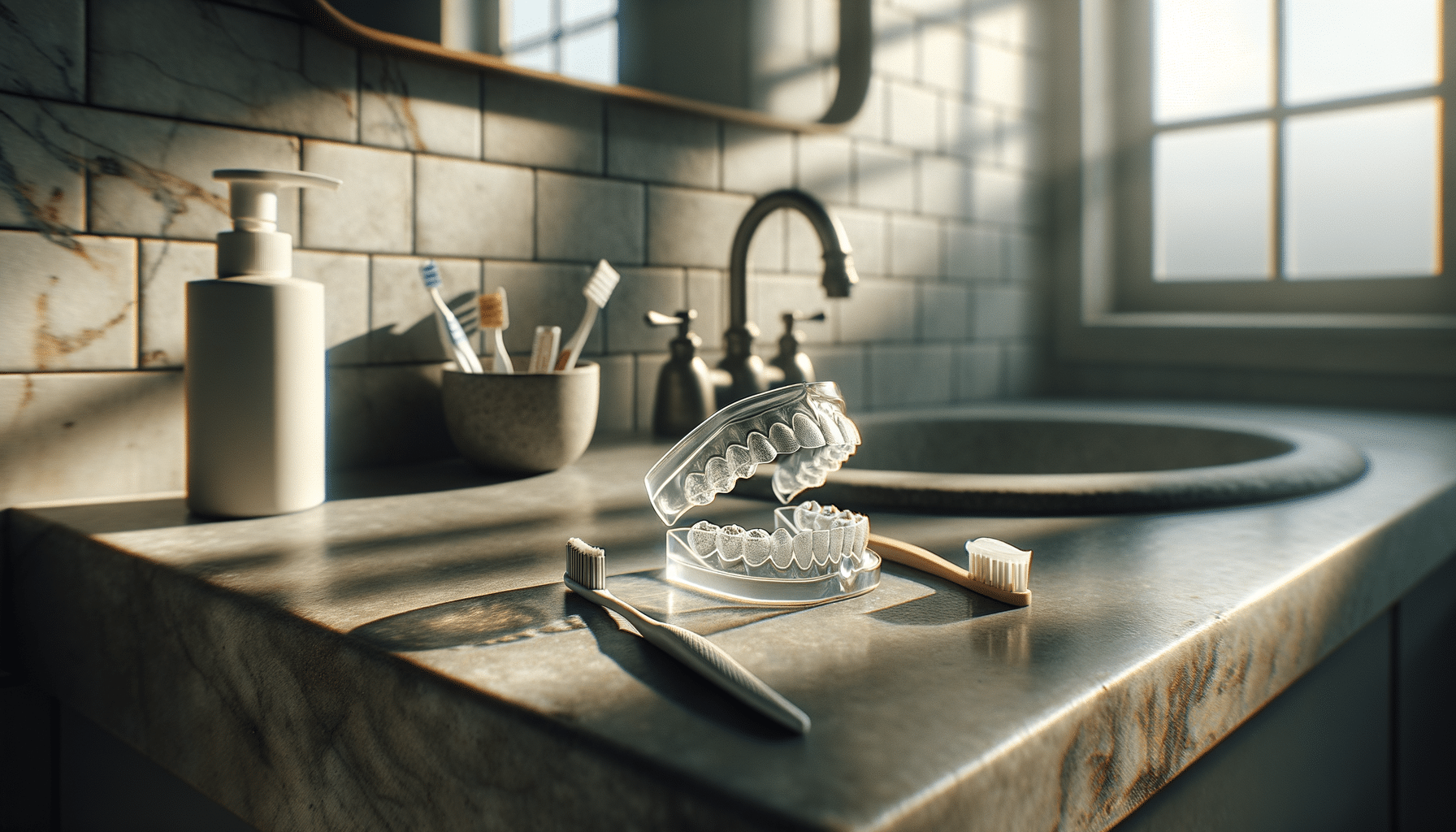
Exploring Alternative Teeth Alignment Options at Home
Introduction to At-Home Teeth Alignment
In recent years, the desire for a perfect smile has become increasingly prominent. While traditional braces remain a popular option for teeth alignment, many individuals seek alternative methods that can be pursued from the comfort of their own home. These alternatives often promise convenience and affordability, making them an attractive choice for those looking to improve their dental aesthetics without the commitment of regular orthodontic visits. This article explores various at-home teeth alignment options, providing insights into their effectiveness and considerations.
Invisible Aligners: A Popular Choice
Invisible aligners have gained significant attention as a discreet and flexible option for teeth alignment. These clear, removable trays are custom-made to fit snugly over your teeth, gradually shifting them into the desired position. The appeal of invisible aligners lies in their transparency and convenience, allowing individuals to maintain their daily routines without the noticeable appearance of metal braces. Additionally, they can be removed for eating and oral hygiene, offering a level of flexibility that traditional braces cannot match.
However, it’s important to understand that not all cases of misalignment can be corrected with invisible aligners. They are typically most effective for mild to moderate alignment issues. For more complex cases, a consultation with a dental professional is essential to determine the suitability of this treatment. Despite this limitation, the popularity of invisible aligners continues to grow, driven by their ability to blend seamlessly into one’s lifestyle.
Orthodontic Devices: Expanding Options
Beyond invisible aligners, there are other orthodontic devices that can be used at home to encourage teeth alignment. These devices range from retainers to expanders, each serving a specific purpose in addressing different alignment issues. Retainers, for instance, are often used post-aligner treatment to maintain the new position of the teeth. They are crucial in preventing relapse, ensuring that the investment in alignment is preserved over time.
Expanders, on the other hand, are used to widen the jaw and create more space for teeth alignment. They are particularly beneficial for younger individuals whose jaws are still developing. While these devices may require some initial adjustment, they offer a non-invasive way to address alignment concerns. It is essential, however, to follow the prescribed usage and maintain regular check-ins with a dental professional to monitor progress.
DIY Methods: Caution and Consideration
With the rise of DIY culture, some individuals attempt to create their own teeth alignment solutions at home. These methods often involve using elastic bands or other materials to shift teeth into place. However, dental professionals strongly advise against such practices due to the potential for harm and irreversible damage. DIY methods lack the precision and safety of professionally designed treatments, and improper use can lead to complications such as tooth loss or damage to the gums and jaw.
While the allure of a quick and inexpensive fix is tempting, it is crucial to prioritize safety and effectiveness. Consulting with a qualified orthodontist or dentist is always recommended before pursuing any form of teeth alignment, ensuring that the chosen method is both safe and suitable for the individual’s specific needs.
Conclusion: Making Informed Choices
As the demand for convenient and affordable teeth alignment options continues to rise, it is essential for individuals to make informed decisions about their dental health. While at-home solutions offer promising benefits, they are not without limitations and risks. Understanding the scope and suitability of each option is key to achieving the desired outcome without compromising oral health.
Ultimately, the journey to a confident smile should be guided by professional advice and a commitment to safe practices. By carefully considering the available options and seeking expert guidance, individuals can achieve effective teeth alignment in a way that complements their lifestyle and meets their aesthetic goals.


